In the present day, artificial intelligence (AI) is not a futuristic concept. It has turned out to be a critical part of our regular lives, reshaping industries, methods, and even our societal systems. One of the most exciting and transformative aspects of AI is its capacity to collaborate with human beings to attain effects that neither should accomplish alone. This idea of human-AI collaboration Is shaping the destiny of work, innovation, and how we remedy complicated problems.
In this text, we will discover what the human-AI collaboration method is, its significance in diverse fields, the challenges it affords, and the destiny it guarantees. By experiencing how human beings and AI can work together, we will better navigate the opportunities and demanding situations this collaboration brings.
What is Human-AI Collaboration?
Human-AI collaboration refers back to the synergy between humans and AI structures, in which each birthday party contributes its strengths to carry out duties, clear up issues, and make selections greater efficaciously than both may want to on their own. AI structures can analyze huge datasets, pick out patterns, and carry out tasks with precision and pace that some distance exceed human abilities. Humans, however, deliver creativity, emotional intelligence, ethical judgment, and the ability to think abstractly.
Rather than replacing human beings, AI is increasingly designed to work alongside them, improving their capabilities and augmenting their abilities. This partnership between people and machines targets to optimize overall performance, creativity, and performance, transforming industries and the manner work is approached.
Significance of Human-AI Collaboration
The importance of human-AI collaboration is profound, impacting nearly every component of life. The maximum extremely good adjustments are obvious in numerous key areas:
- Healthcare
In the healthcare zone, AI is revolutionizing patient care and clinical studies. AI structures are being used to diagnose illnesses, examine scientific photographs, and are expecting patient outcomes with unheard-of accuracy. However, AI can’t update the human touch—physicians nonetheless depend upon their information, empathy, and judgment to offer customized care.
An ideal instance of human-AI collaboration in healthcare is the improvement of AI-driven diagnostic tools. These tools can analyze big datasets of scientific facts, discover styles, and assist medical doctors in diagnosing diseases early, often more appropriately than human beings alone. Doctors, however, offer context, interpret the effects, and make choices primarily based on their scientific information and patient interactions.
Moreover, AI-powered robots are increasingly more utilized in surgeries, supplying enhanced precision and minimizing human blunders. In those times, human surgeons leveraged the AI era to refine their competencies and improve patient results.
2. Business and Innovation
In commercial enterprises, AI is improving productivity, choice-making, and innovation. Machine learning algorithms can analyze sizable amounts of information to uncover developments, expect marketplace actions, and optimize operations. However, people are nonetheless essential in formulating strategic decisions, decoding results, and fostering innovation.
Human-AI collaboration in business consists of applications like AI-powered customer service chatbots that can take care of recurring inquiries, permitting human retailers to pay attention to extra complex consumer issues. Additionally, AI can help with statistics analysis, enabling human decision-makers to gain deeper insights into market dynamics and customer conduct.
In innovative fields, AI is also gambling and an increasing number of critical functions. AI tools Assist in the introduction of songs, artwork, literature, and advertising and marketing, supporting artists, writers, and designers to generate new thoughts and ideas. However, human creativity remains at the heart of those collaborations, with AI serving as a device to decorate and encourage innovation as opposed to replacing human creativity.
3. Education
The integration of AI into schooling can transform how studying takes place. AI may be used to customize learning reports for college kids, identify getting-to-know gaps, and offer tailored sources to address man or women’s needs. However, instructors nevertheless play an essential position in fostering social interaction, and emotional intelligence and guiding college students via complicated subjects.
AI-powered tutoring structures can assist college students study at their own pace, offering personalized comments and help. Teachers can use AI to analyze student performance and regulate their teaching techniques to ensure that each pupil gets the eye they need.
Benefits of Human-AI Collaboration
The collaboration between human beings and AI brings numerous blessings that gain people, companies, and society massively. These benefits consist of:
- Increased Efficiency and Productivity
AI excels at automating repetitive tasks, which allows humans to recognize extra complex and creative work. For instance, in industries like manufacturing, AI-powered robots and machines can handle recurring manufacturing approaches, while human workers’ cognizance of satisfactory control, trouble-solving, and innovation. This synergy boosts productivity and efficiency, enabling agencies to gain extra with fewer assets.
- Enhanced Decision-Making
AI can method and examine good-sized quantities of statistics in a fraction of the time it might take a human. By providing insights and predictions based on data, AI assists selection-makers in making greater knowledgeable choices. This collaboration is especially precious in fields like finance, advertising, and supply chain control, in which data-driven selections are vital.
Moreover, AI can assist reduce biases in selection-making by studying facts objectively. It can offer insights into regions where human selections might be clouded by emotion, personal bias, or restricted knowledge.
3. Fostering Innovation
AI is a powerful device for innovation, enabling humans to push the boundaries of what’s possible. In fields like drug discovery, AI is being used to analyze molecular statistics, predict the efficacy of drugs, and speed up the research system. This partnership hastens the pace of innovation, mainly to faster breakthroughs and the improvement of the latest answers to complicated worldwide challenges.
Furthermore, AI can help within the layout of recent technologies, consisting of self-using cars or renewable strength structures, through simulating specific eventualities and optimizing performance.
Challenges of Human-AI Collaboration
While human-AI collaboration gives several benefits, it isn’t always without its challenges. Some of the key demanding situations include:
- Job Displacement and Skill Gaps
One of the most sizable issues about AI is its capacity to update jobs, mainly those regarding repetitive responsibilities. However, in preference to completely displacing people, AI is more likely to trade the character of labor. Routine and guide obligations can be automated, but new roles will emerge that require people to collaborate with AI structures.
There is a developing need for employees to gather new competencies that supplement the AI era. This consists of abilities in information evaluation, gadget getting-to-know, and AI device control. As AI continues to conform, it is critical to ensure that employees are correctly trained to adapt to the changing activity marketplace.
- Ethical and Security Concerns
The integration of AI into society raises several ethical and safety issues. AI structures rely on information to make choices, but this data can be biased or incomplete, leading to unfair effects. Additionally, the growing reliance on AI increases questions about privateness, surveillance, and duty.
Ensuring that AI systems are transparent, ethical, and unfastened from bias is crucial. Humans have to continue to be in control of AI choices, mainly in crucial areas like healthcare, crook justice, and hiring. Moreover, safeguarding AI systems from cyberattacks and making sure that they’re steady is critical to prevent misuse.
3. Trust and Human Perception
For human-AI collaboration to be successful, there must be consideration between human beings and machines. Many people stay cautious of AI, fearing that it can end up too effective or make choices that harm them. Overcoming those fears and constructing considerations in AI structures calls for clean communique, transparency, and established reliability.
AI structures need to be designed in a manner that enhances human abilities even as being comprehensible and available. People must experience the use of AI tools comfortably and know that they may be being used ethically and responsibly.
The Future of Human-AI Collaboration
The future of human-AI collaboration holds exciting opportunities. As AI keeps on enhancing, it turns into a fair, more necessary part of our day-by-day lives. However, this may require a shift in how we think about work, creativity, and decision-making. The key to a successful future lies in ensuring that human beings and AI systems are painted together in a way that maximizes the strengths of both.
- AI as a Creative Partner
In the future, AI will play an increasingly vital role as a creative accomplice, presenting ideas and assistance to artists, writers, and innovators. Rather than replacing human creativity, AI will serve as a device that allows individuals to unencumbered new thoughts and pushes the boundaries of inventive expression.
- Collaborative AI in Healthcare
AI will preserve conformity in healthcare, presenting more correct diagnoses, customized remedies, and predictive insights. However, human doctors will continue to be at the center of choice-making, making sure that moral considerations, empathy, and patient proper-being are prioritized.
- AI in Sustainable Development
AI can even play a critical function in addressing global demanding situations consisting as climate change, aid scarcity, and poverty. By analyzing environmental statistics, AI can help lay out more efficient energy structures, optimize agricultural practices, and perceive sustainable solutions to complex issues.
Conclusion
Human-AI collaboration Is one of the maximum thrilling frontiers within the improvement of the era. As we move forward, the combination of human ingenuity and AI’s computational energy will enable us to obtain breakthroughs and resolve problems in methods we in no way conceive of. While challenges stay, in particular around ethics, agree with, and task displacement, the ability blessings of this collaboration are immense.
By embracing AI as an associate rather than a substitute, human beings can unencumbered new opportunities for innovation, creativity, and development. The destiny of labor, healthcare, business, and training may be shaped by using the partnership between human beings and AI, ushering in a new era of collaboration and shared achievement
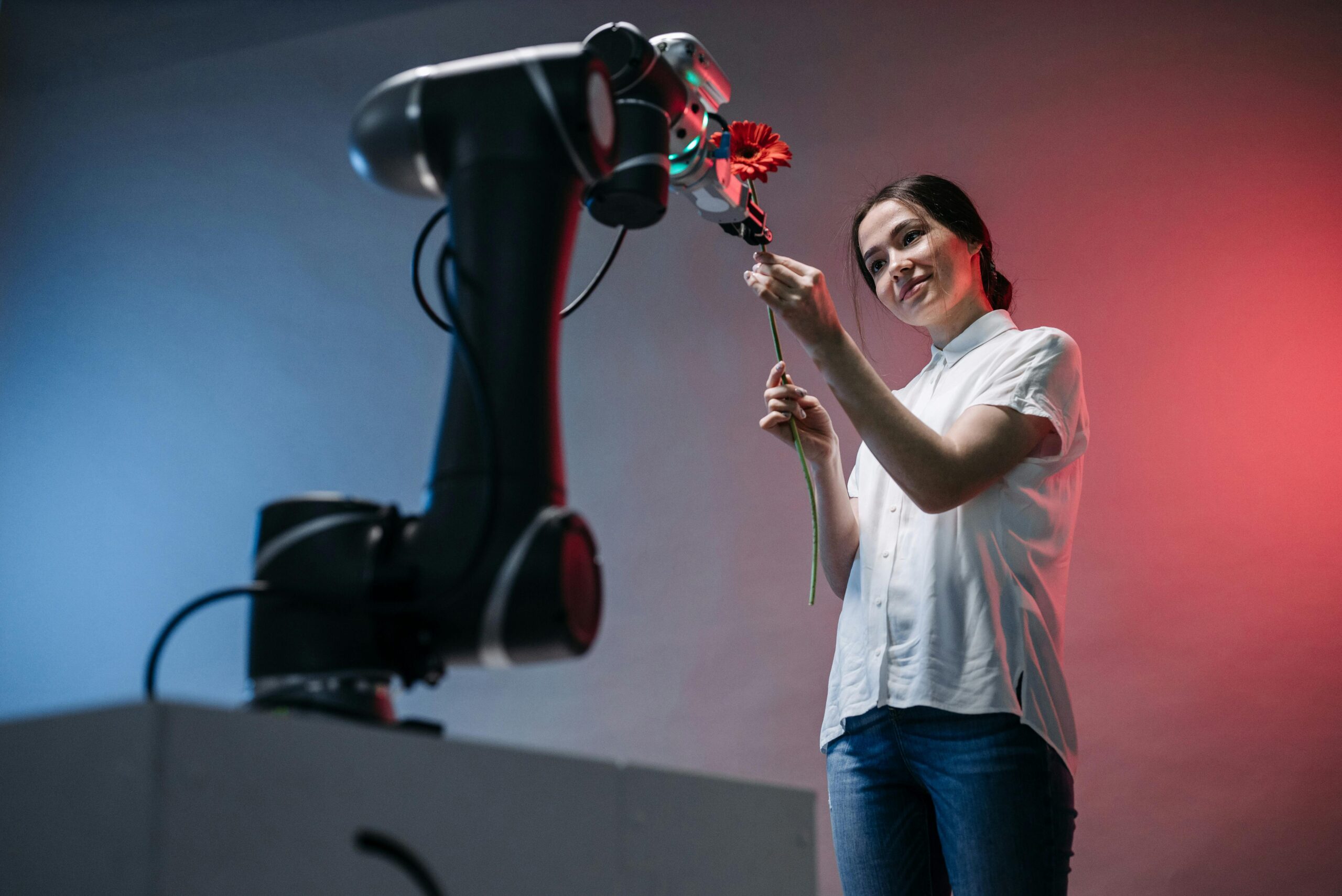

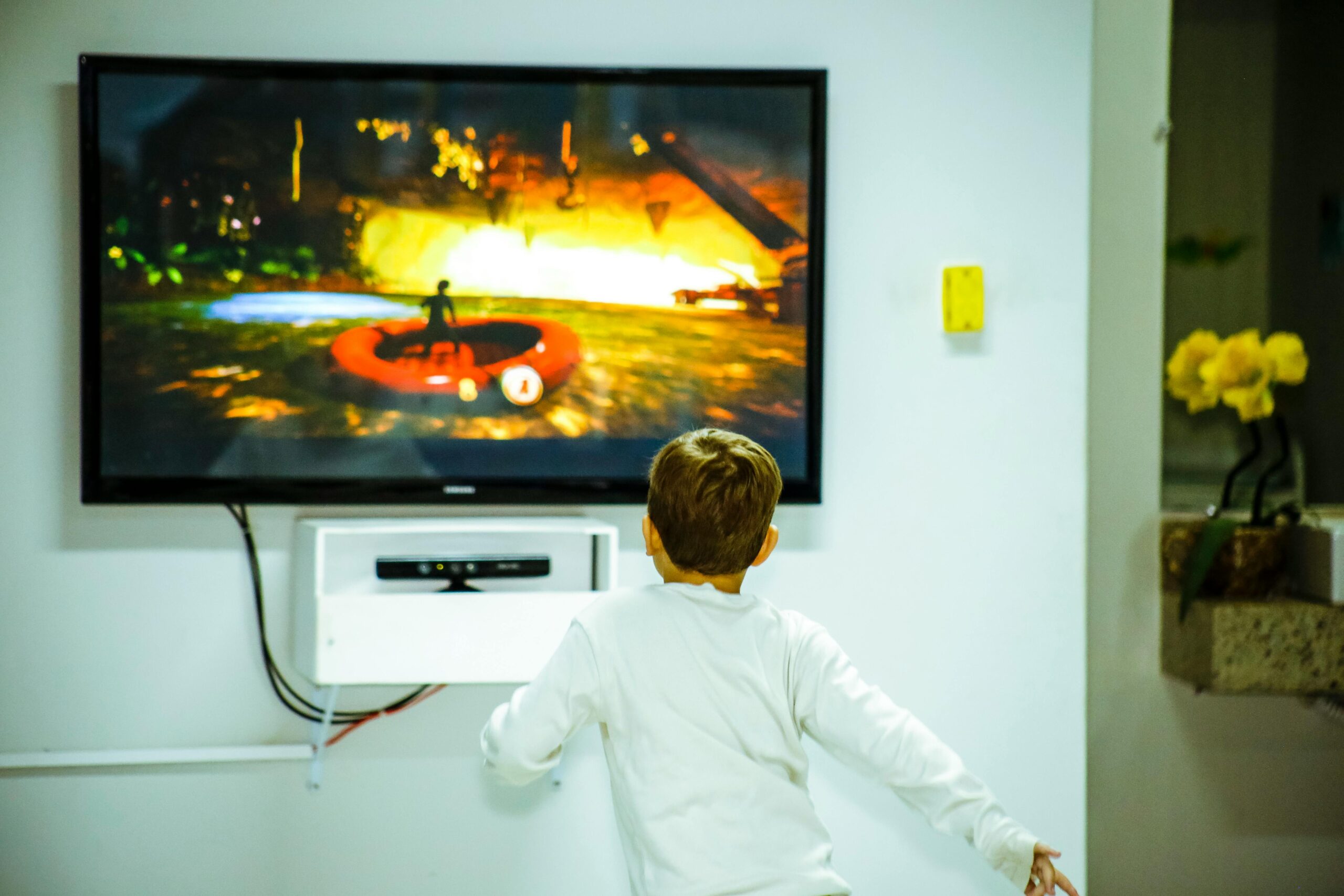

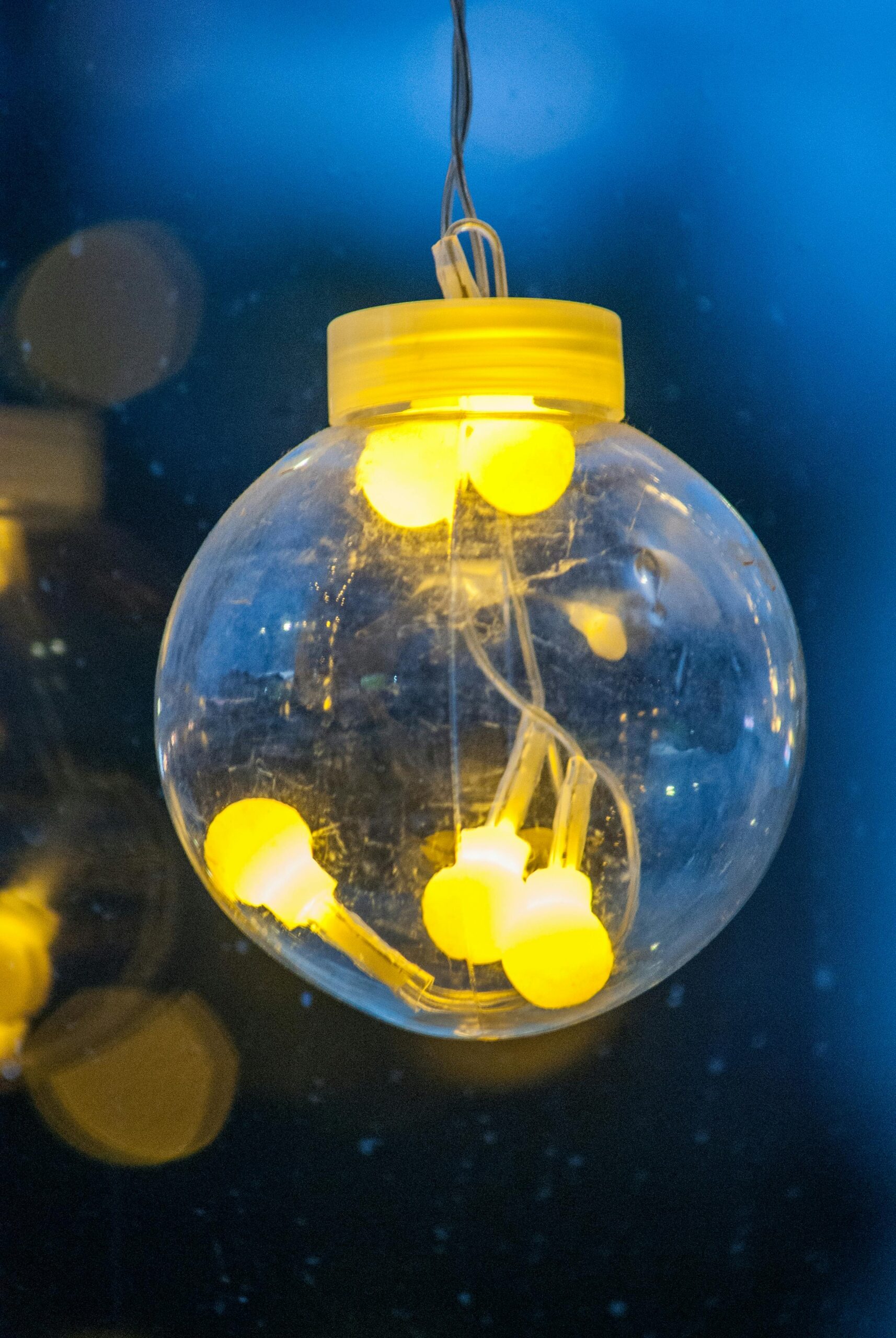
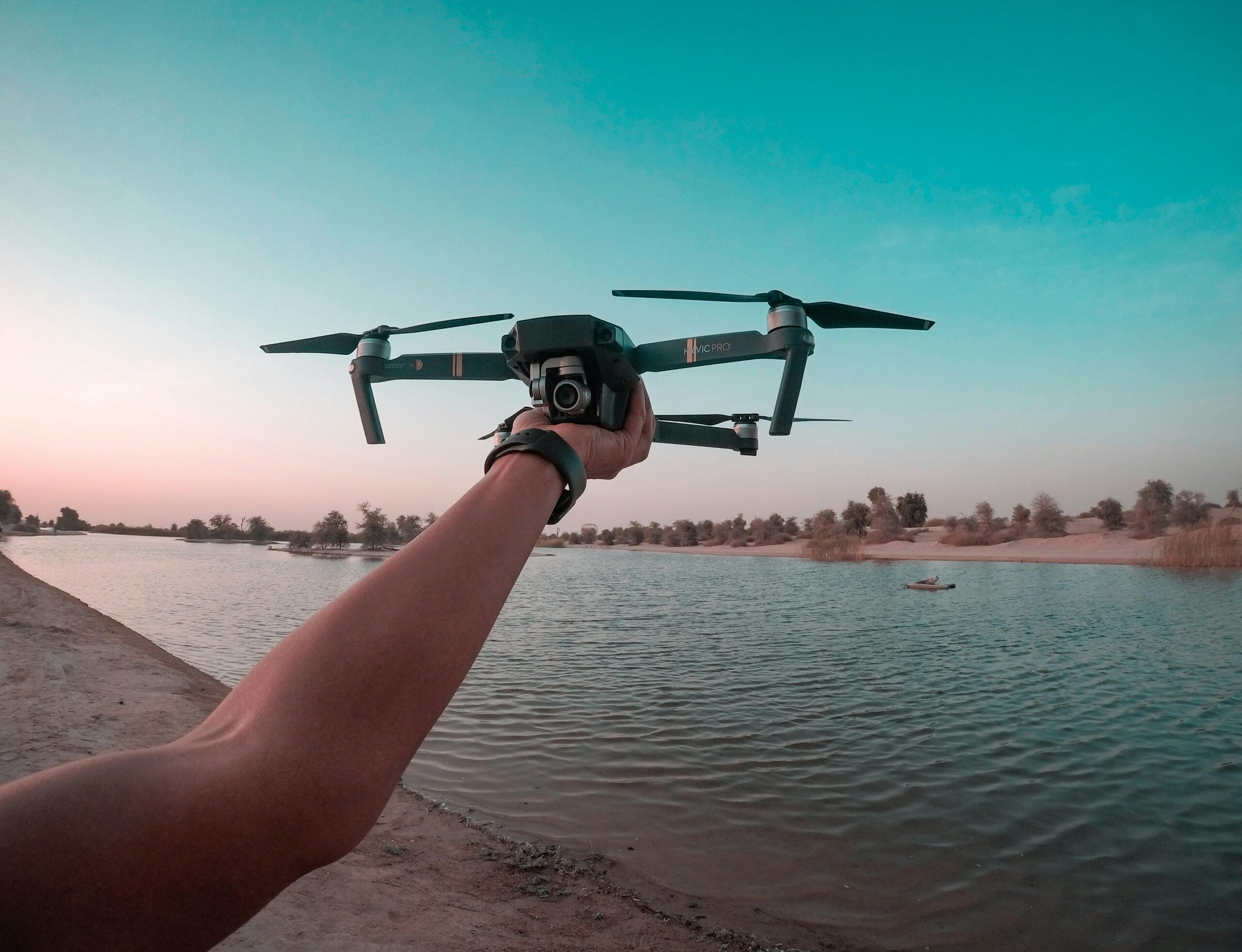
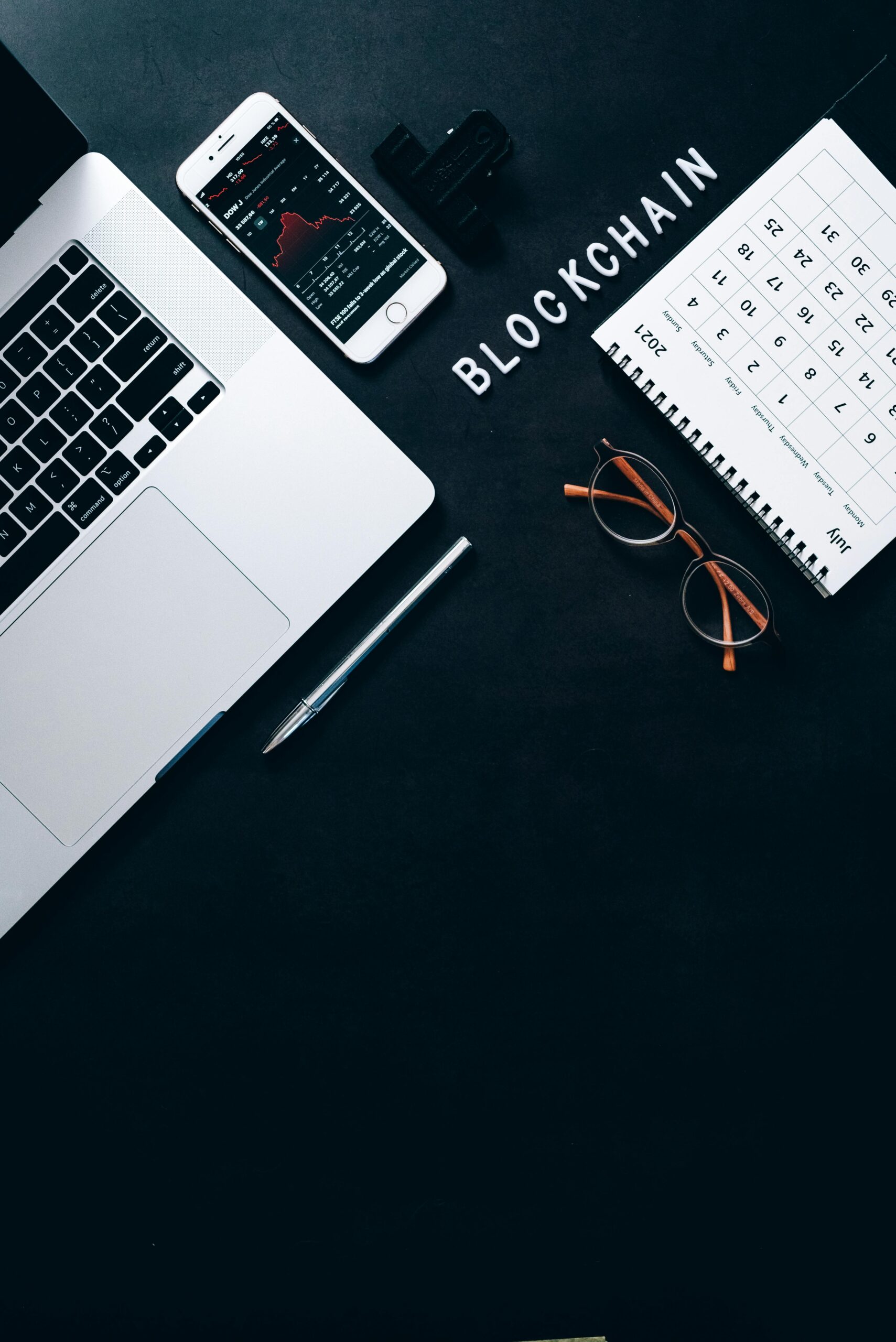

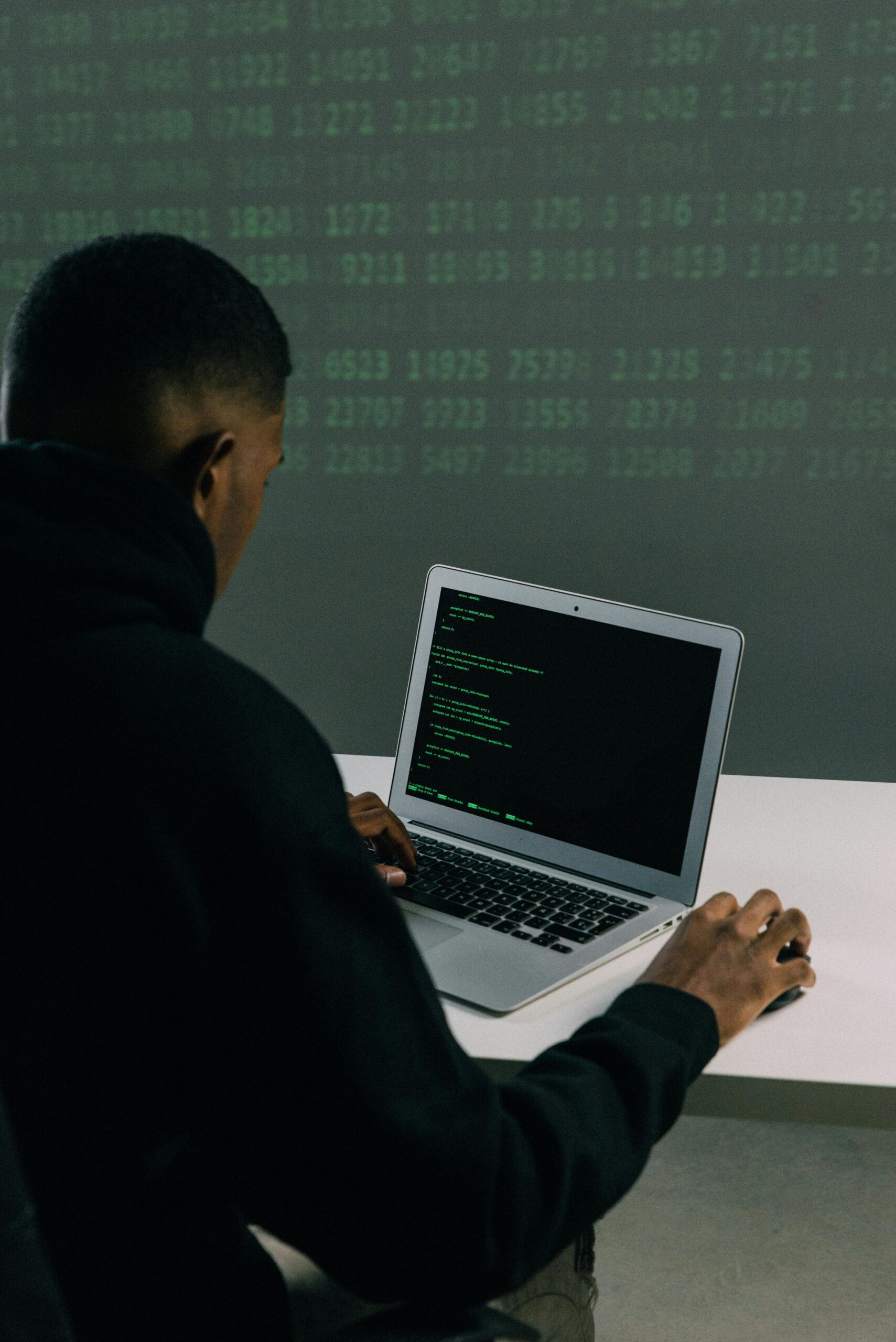
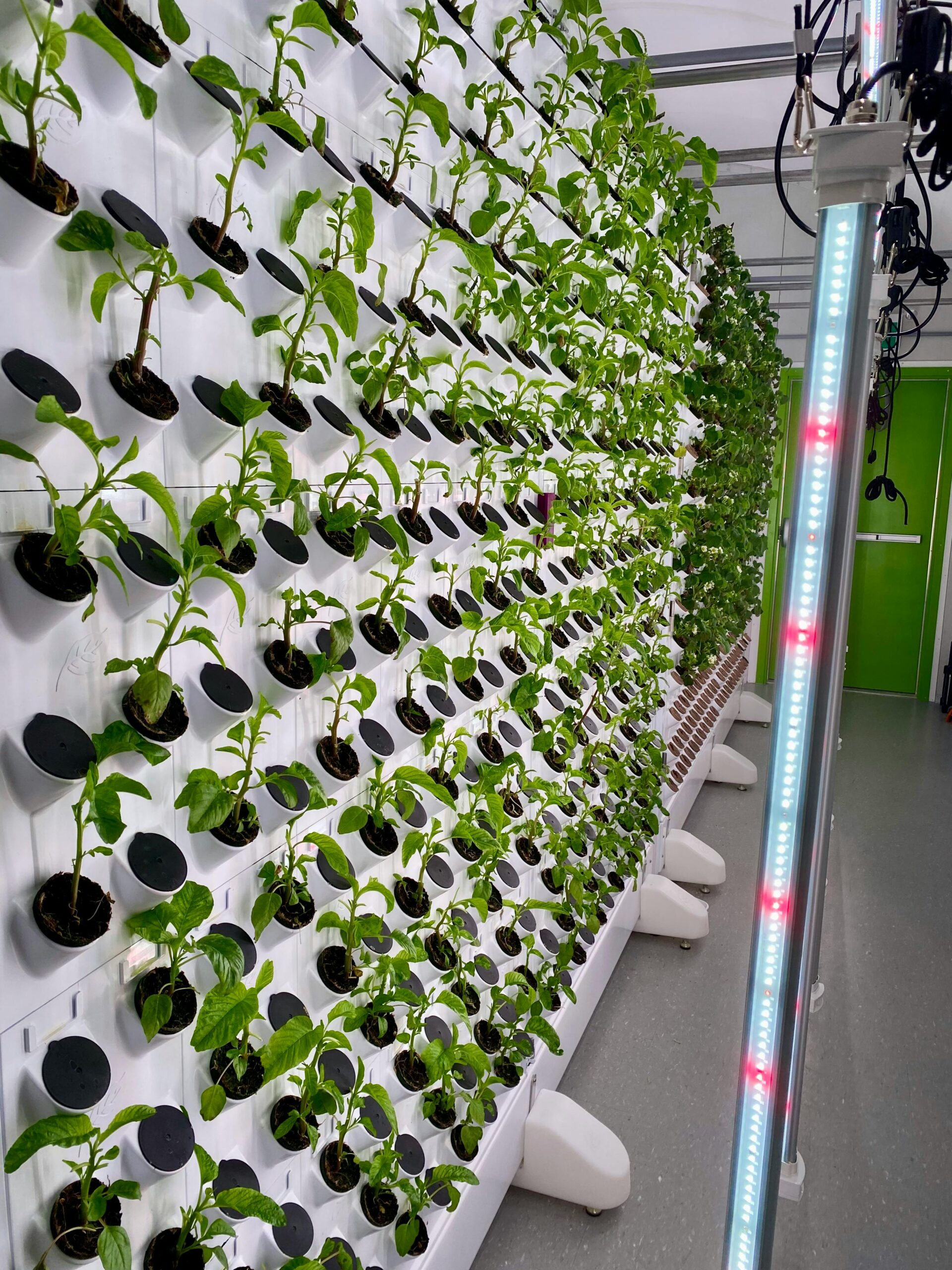





Leave a Reply